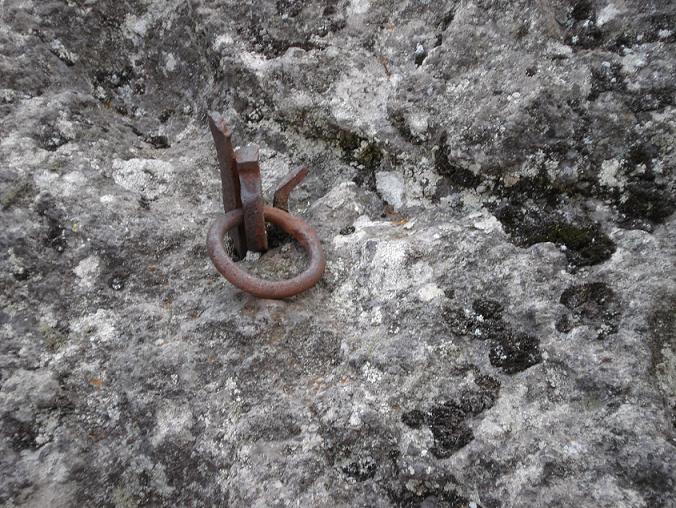
sky7high
Mar 22, 2008, 6:52 AM
Post #1 of 1
(1860 views)
Shortcut
Registered: Feb 15, 2006
Posts: 478
|
Isn't it nice to touch the past?
That's how I felt just yesterday, when I had the opportunity of climbing what very well may be THE very first established route in the region, maybe even in the country.
Here's a description of the route, you know, just to share the joy.
It's on a beautiful rock spire called El Fraile, and it's the highest point for many miles around. (That makes dealing with the winds part of the adventure)
Here's a pic of the vista from the summit (can't believe I don't have one of the actual rock formation)

The climb starts off with an almost-unprotected chimeney with a weird move in the middle, where you have to squeeze your body to keep from falling while you move your hands and feet, although that's just my way of climbing it, everyone seems to have a different technique.
The first "real" pitch, is 30 meters long ('bout 100ft), less than vertical and very easy, but with pro (and runouts) that really make the climb have a "historic" feel to it.
The fixed pro there is at least 70 years old, consisting mainly of railroad nails banged into natural holes in the rock (no cracks for the first part), with 10 meter (30ft) runouts in between.
A couple of pics (purposefully for the manchors thread):


Thankfully, a friend of mine re-bolted the route some time ago, to break the 20 meter (60ft) groundfall.

After that there's 3rd class walk up to the second belay station, which is very well protected by two new bolts (sigh of relief). The second pitch starts out with a traverse and then continues upwards, protected by a few "new" bolts (like number 3 on the images above), a couple of pins not even worth clipping (less than 1/4" thick, worse than those shown above) and a couple of stoppers on a very handy crack. The crux is in this pitch, where the climbing gets just a bit overhanging with moderately good handholds and the crack, which can vary from fingers to fists in no more than 3 or 4 feet because of the type of rock. This is where the winds start to get real fun, cooling your hands (and your body if you're not smart/advised enough) to the point where you can't feel them anymore, and you start wondering whether or not they're able to hold your weight. Locking and unlocking carabiners also becomes a challenge.
At the end of the second pitch you have the option of belaying off a manky 70-year old pin or building your own anchor with stoppers. Turns out, I wasn't really equipped for the latter, but not confortable with the former, so I grabbed what stoppers I had left and improvised a bit.
Lastly, there's a short climb with no pro to the summit, where you can belay your partners wrapping the rope around a little boulder to get that "historic" feeling again.
(sorry for the lack of pics)
I would like to point out (don't fall asleep just yet) that I had the chance of doing all of this with a couple of really oldschool friends and climbing partners. They saw the hemp rope and hundred foot runout age. They certainly have some wild stories to tell, and lots of experience they kindly share.
Fun route huh? It certainly was for me, as you can probably tell from the incredibly long post. Moreover, the fun didn't stop there, because when we got down there was very good food waiting for us seasoned with the great taste of adventure, but most of all, with that frienship that only develops among climbers.
|